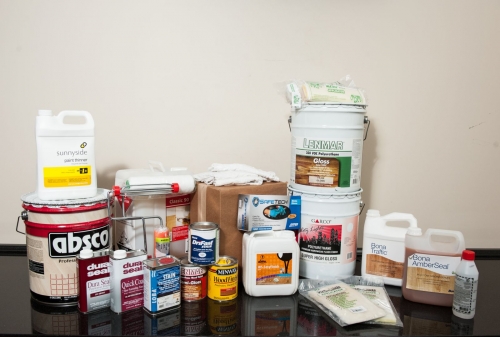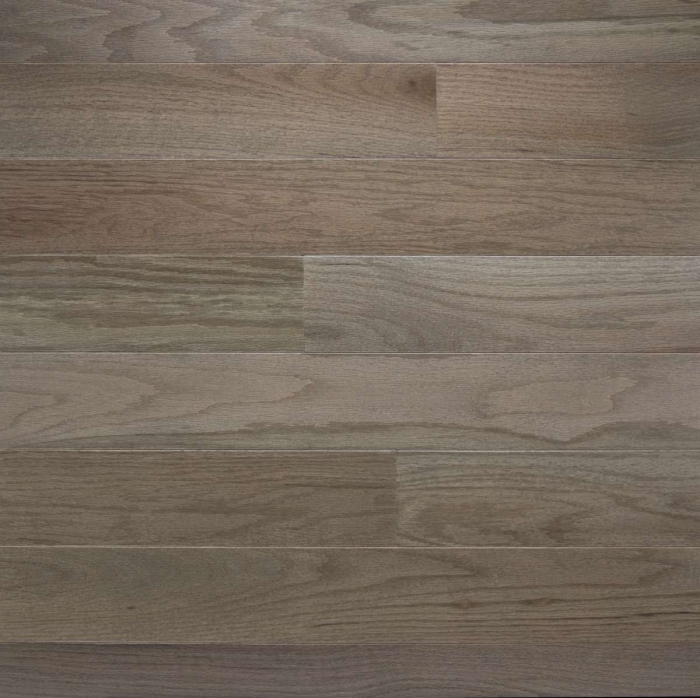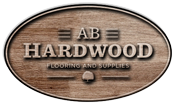You'll find hardwood flooring that suits virtually any style. Here are some considerations to keep in mind when choosing your wooden floors for the kitchen:
We carry a big variety of hardwood floors and our professional staff members will be more then happy to choose floors for your kitchen.
Cleaning your wood floors is easy. Regular maintenance includes sweeping with a soft bristle broom, and vacuuming with the beater bar turned off. You also should clean your floors periodically with a professional wood floor cleaning product.
We carry professional grade cleaning products by Bona & Loba.
Call us (ph.: 773-279-9100) to order yours today.
There are other steps you can take to maintain the beauty of your wood floors.

We carry Soemrset Flooring Brand - Vertically Integrated—from the Forest to the Finished Product.
Somerset processes millions of board feet of lumber a year. Throughout our operations, including our own lumber manufacturing, and drying, milling, and finishing of hardwood flooring, we maintain control over the entire process. This is an important reason we are able to consistently produce quality products that we can be proud of and you can be confident in.Visitr our showroom today! 






